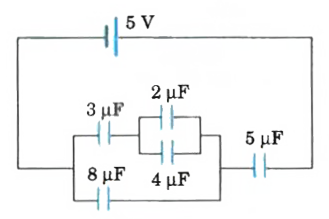Five identical plates are connected across a battery as follows : If the charge on plate 1 be +q, then the charges on the plates 2,3,4 and 5 are
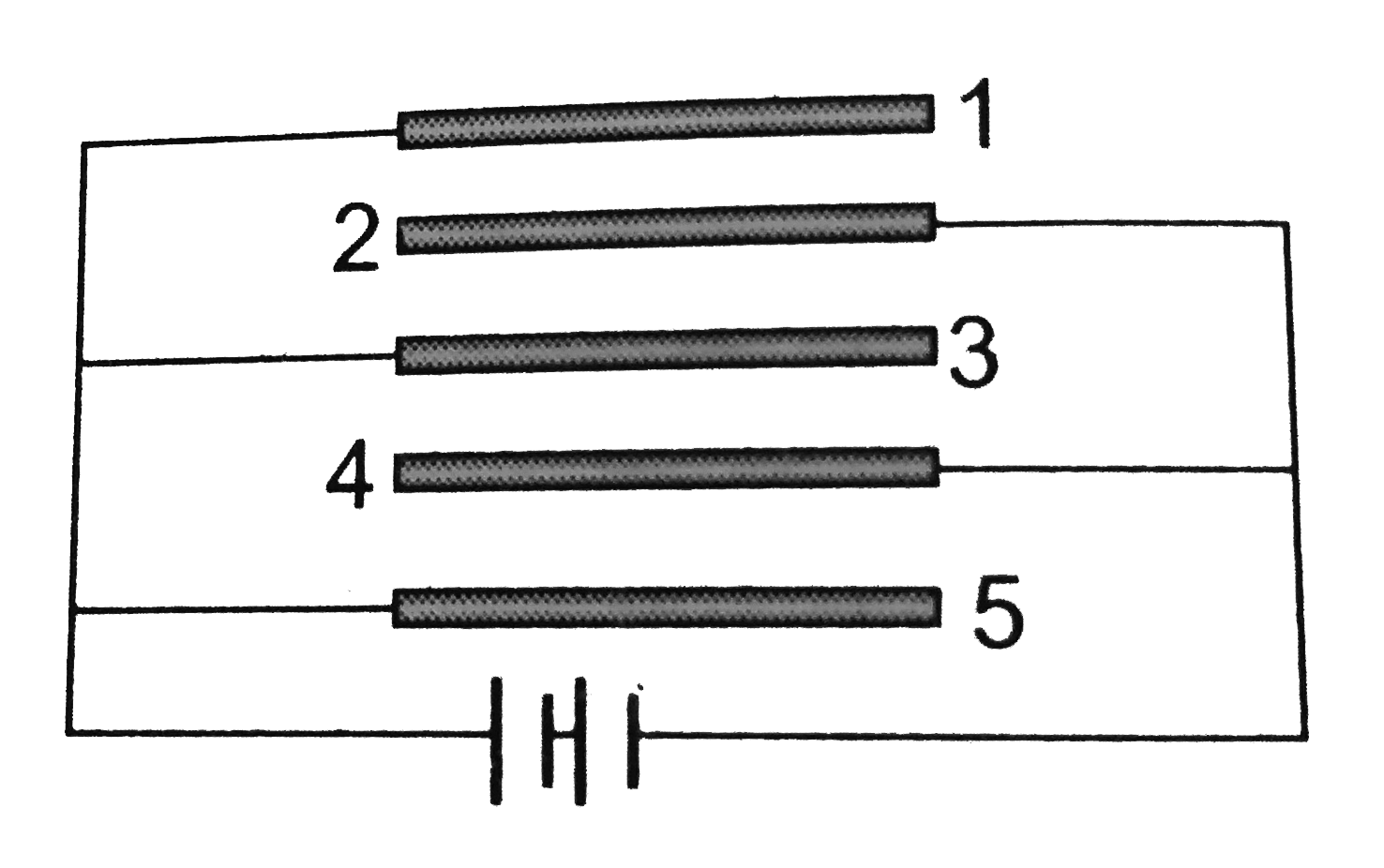
−q,+q,−q,+q
−2q,+2q,−2q,+q
−q,+2q,−2q,+q
None of these
The correct Answer is:B
As plates are identical.
Charge on plate 5 is +q
Charge on plate 3 is +2q = +q +q.
Charge on plate 2 is -2q = -q - q.
Charge on plate is -2q = -q -q.
Topper's Solved these Questions
Similar Questions
Knowledge Check
Five identical plates each of area a are joined as shown in the figure. The distance between the plates is d. the plates are connected to a potential difference of V volt. The charge on plates 1 and 4 will be
 A−ε0AVd.2ε0AVdBε0AVd.2ε0AVdCε0AVd.−2ε0AVdD−ε0AVd.−2ε0AVd
A−ε0AVd.2ε0AVdBε0AVd.2ε0AVdCε0AVd.−2ε0AVdD−ε0AVd.−2ε0AVdThe plates S and T of a uncharged parallel plate capacitor are connected across a battery. The battery is then disconnected and the charged plates are now connected in a system as shown in the figure. The system shown is in equilibrium. All the strings are insulating and massless. the magnitude of charge on one of the capacitor plates is: [Area of plates =A]
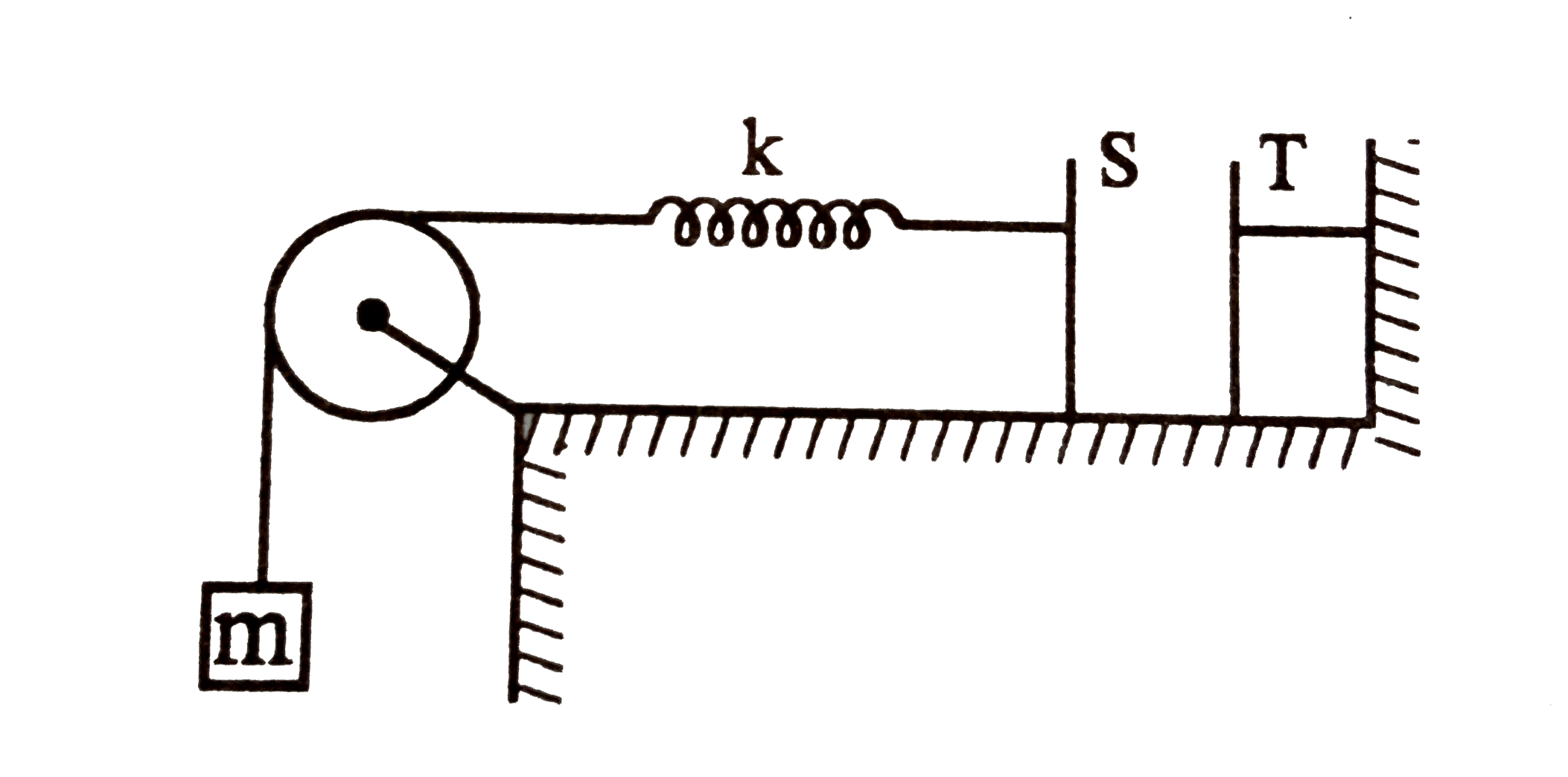 A√2mgA∈0B√4mgA∈0kC√mgA∈0D√2mgA∈0k
A√2mgA∈0B√4mgA∈0kC√mgA∈0D√2mgA∈0kIn the circuit shown, left plate of the capacitor with capacitance C is given a charge Q0 and plates of capacitor are connected across the battery as shown. Amount of charge that will flow from battery to left plate of capacitor when key is closed is:
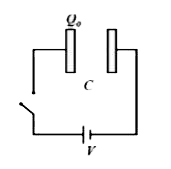 ACVBCV−Q02CCV+Q02DCV−Q0
ACVBCV−Q02CCV+Q02DCV−Q0
A 10.0μF parallel-plate capacitor with circular plates is connected to a 12.0V battery.
(a) What is the charge on each plate?
(b) How much charge would be on the plates if their separation were doubled while the capacitor remained connected to the battery?
(c) How much charge would be on the plates if the capacitor were connected to the 12.0V batter Y after the radius of each plate was doubled without changing their separation?
View SolutionA parallel plate capacitor has plate A and separation d between the plates. The capacitor is connected to a battery of emf V. (a) find the charge on the capacitor. (b) the plate separation is decreases to d/2. Find the extra charge given by the battery to the positive plate. (c) work done in reducing separation between plates.
View SolutionFour large identical metallic plates are placed as shown in the Figure. Plate 2 is given a charge Q. All other plates are neutral. Now plates 1 and 4 are earthed. Area of each plate is A.
(a) Find charge appearing on right side of plate 3.
(b) Find potential difference between plates 1 and 2.
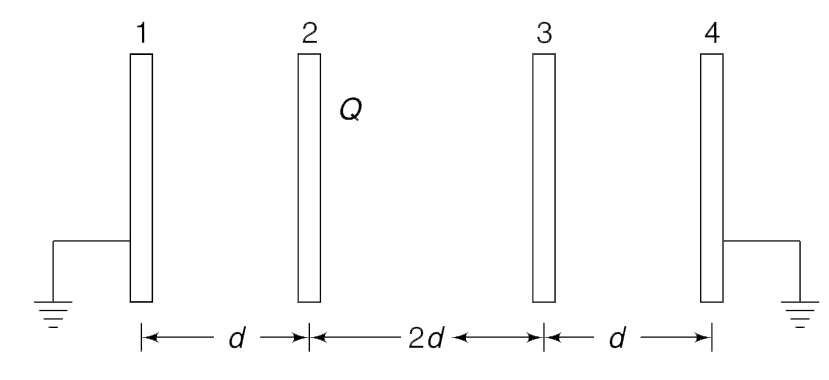
View SolutionFive identical plates each of area A are joined as shown in the figure. The distance between the plates is d. The plates are connected to a p.d. of V volts . The charges on plates 1 and 4 will be
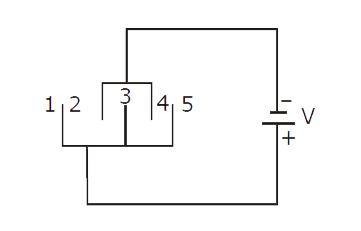
View SolutionThree metallic isolated plates are given charges as shown in figure, the sum of the charges on the outer surfaces of the two plates (1) and (3) is (where −3Q and 4Q are total charges of plates (1) and (3) respectively.)
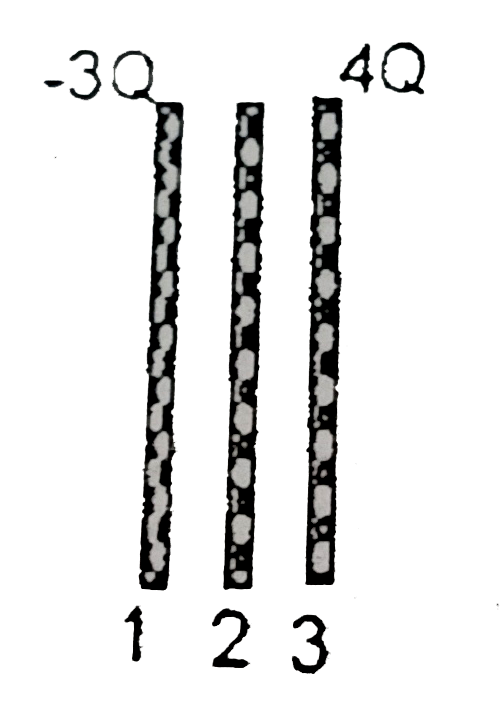
View Solution

